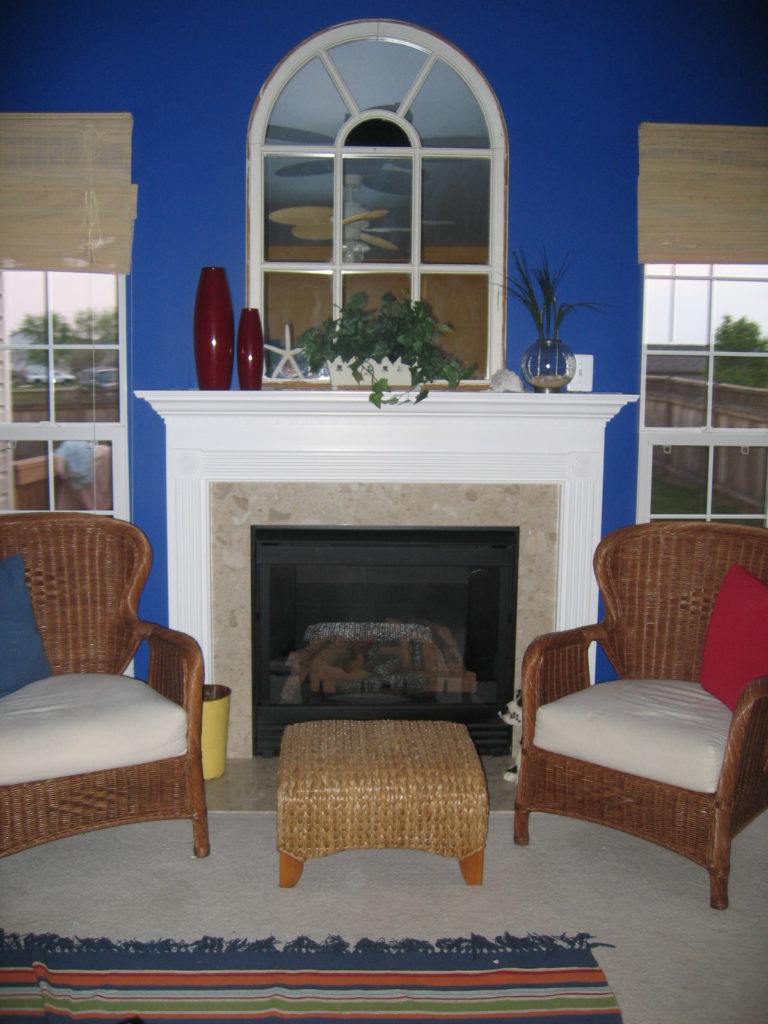 Homeowners ask questions about their heating system quite often. So I decided that today’s blog post is going to be about anatomy. Don’t worry, you don’t have to get out your high school science books or download a special app on your phone. I’m going to cover the anatomy of your fireplace and chimney, and answer a few of the more commonly asked questions. Here we go!
Homeowners ask questions about their heating system quite often. So I decided that today’s blog post is going to be about anatomy. Don’t worry, you don’t have to get out your high school science books or download a special app on your phone. I’m going to cover the anatomy of your fireplace and chimney, and answer a few of the more commonly asked questions. Here we go!
Foundation
I’ll start from the bottom, because the entire structure would fail without a solid foundation. Your home is built on a foundation. The purpose of that foundation is to provide support for the entire weight of the home. If you build onto the home, the foundation may require additional support to hold the weight. Construction workers always check the foundation of a home before building more weight onto the structure in order to prevent damage to the foundation.
The foundation for your fireplace or wood burning stove works very similarly to your home’s foundation. It must be able to support the weight of the ash dump, hearth, firebox, and chimney structure; along with the actual wood used for each fire you build. Needless to say, the foundation is extremely important to the entire structure of the chimney.
Ash Dump
Pretty much what it indicates –this is where the ashes fall and collect. It’s usually a small hole with an access door that allows you to remove ashes as needed. Although it may simply be a small dip or box within the firebox that catches ashes. A larger ash dump requires less frequent emptying.
Damper
Simply put, the damper is in charge of how the gases and heat flow up the chimney. You never want to close the damper entirely because it will lead to an accumulation of smoke and carbon monoxide inside your home. The damper should always be closed when the fireplace is not in use to prevent heated or cooled air from escaping up the chimney.
Smoke Shelf and Smoke Chamber
The smoke shelf is located behind the damper and may effectively be considered the bottom of the chimney. It’s designed with a slight slope to catch soot as it falls back down the chimney, as well as any moisture that may come down the chimney. The smoke shelf and chamber are generally made of masonry. The smoke chamber is a waiting area of sorts where the smoke collects before it is released out the chimney. Consider it something of a flood gate.
Flue or Liner
The chimney’s flue or liner is the interior lining of a masonry chimney. Its role is vital, as it contracts and expands so your chimney doesn’t have to. It also collects a lot of soot and creosote over time and must be cleaned regularly. The flue may suffer damage over time, and must be inspected at least once per year to ensure proper functionality.
Crown and Cap
The chimney crown is designed to whisk water away from the opening at the top of the flue. A damaged crown will create problems and allow water to enter the chimney and flue. This water puts the entire system at risk. Crown repairs must be made immediately. The chimney cap is a much-needed piece of hardware that prevents rain, snow, and debris from entering the chimney.
Yearly Inspections
Regardless as to how well you know your chimney’s many systems, you must schedule an appointment for an inspection and cleaning at least once per year. Schedule your cleaning on a date that you will remember, like an anniversary or birthday. Mark it on the calendar or download an app to remind you.

